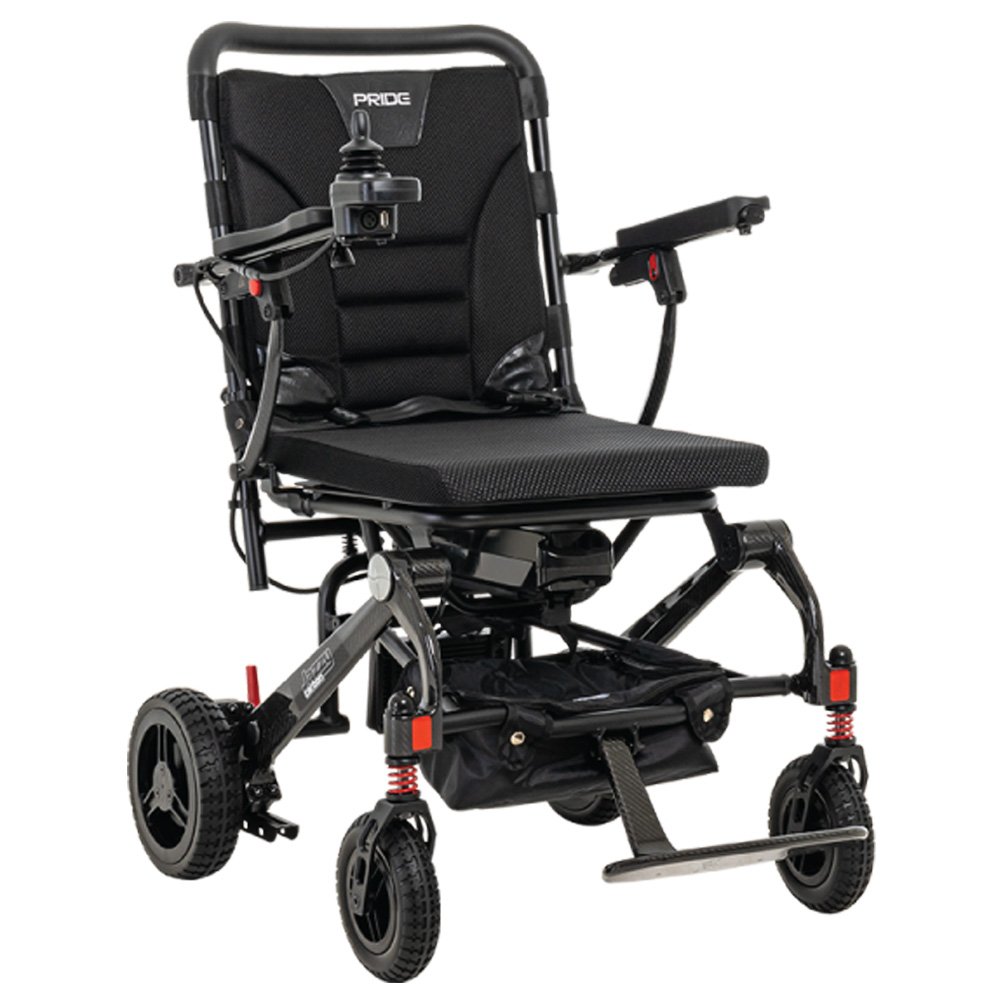Traveling can be a liberating and enriching experience, but for wheelchair users, it often comes with unique challenges. By planning carefully and utilizing available resources, wheelchair users can ensure their journeys are smooth, enjoyable, and stress-free. This article provides comprehensive tips to help wheelchair users travel with confidence and ease.
Pre-Trip Planning: Research and Preparation
Effective travel begins with thorough planning. Before embarking on a trip, wheelchair users should research their destination to understand the level of accessibility offered. This includes looking into public transportation, accommodation options, tourist attractions, and local mobility services. Contacting hotels and transportation providers ahead of time to confirm accessibility features and any necessary arrangements can prevent last-minute surprises.
Choosing the Right Accommodations
Finding wheelchair-friendly accommodations is crucial for a comfortable stay. When booking, it’s essential to inquire about specific features such as accessible entrances, roll-in showers, grab bars, and appropriate bed heights. Many travel websites now offer filters to find accessible accommodations easily. Reviews from other wheelchair users can also provide valuable insights into the real-world accessibility of these options. Ensure a seamless travel experience with Lightweight Electric Wheelchairs find your perfect travel companion today.
Navigating Airports and Flights
Air travel requires particular attention to detail. Arriving at the airport early provides ample time to navigate through check-in, security, and boarding processes. It’s advisable to notify the airline in advance about your wheelchair and any assistance you might need. Most airlines offer priority boarding and dedicated assistance to wheelchair users. Ensuring that your wheelchair is properly labeled and discussing handling procedures with airline staff can help prevent damage during transit.
Accessible Transportation at Your Destination
Understanding the transportation options available at your destination is vital. Many cities offer accessible public transport, including buses and trains equipped with ramps and designated spaces for wheelchairs. For greater convenience, consider booking an accessible taxi service or renting a wheelchair-accessible vehicle. Apps and local disability organizations can provide information and facilitate bookings for accessible transport.
Exploring Attractions and Activities
Many popular tourist destinations are increasingly prioritizing accessibility. Researching attractions beforehand can help identify those that offer wheelchair access, including ramps, elevators, and adapted facilities. Some attractions provide free or discounted entry for wheelchair users and their companions. Contacting venues in advance to inquire about accessibility can ensure a more enjoyable and hassle-free experience.
Packing Essentials and Mobility Aids
Packing appropriately is essential for a smooth trip. Wheelchair users should ensure they have all necessary medical supplies, repair kits, and backup batteries for power chairs. It’s also helpful to carry a list of emergency contacts and medical information. Lightweight and portable mobility aids, such as folding wheelchairs or travel scooters, can make navigating new environments easier.
Seeking Assistance and Advocating for Your Needs
Traveling as a wheelchair user often means advocating for your own needs. Don’t hesitate to seek assistance from airport staff, hotel personnel, or local guides. Being clear about your requirements and advocating confidently can significantly enhance your travel experience. Many destinations have disability support services that can offer advice and assistance tailored to your needs.
Embracing the Experience
While traveling with a wheelchair may require extra planning and effort, it also opens up a world of opportunities and experiences. Embracing the journey with flexibility and a positive attitude can lead to memorable adventures. Sharing your experiences and feedback with others can also contribute to improving accessibility for future travelers.
Conclusion
Traveling as a wheelchair user involves careful planning and resourcefulness. By researching destinations, ensuring accessible accommodations and transportation, and packing thoughtfully, wheelchair users can enjoy seamless and fulfilling travel experiences. With growing awareness and improvements in accessibility worldwide, the world is more open than ever to those who explore it on wheels.
FAQs
- How can I find wheelchair-accessible accommodations?
You can find wheelchair-accessible accommodations by using travel websites that offer filters for accessibility features. Additionally, contacting hotels directly to inquire about specific features such as accessible entrances, roll-in showers, and grab bars is advisable. Reading reviews from other wheelchair users can also provide insights into the real-world accessibility of these accommodations.
- What should I do to ensure my wheelchair is handled properly during flights?
To ensure your wheelchair is handled properly during flights, notify the airline in advance about your wheelchair and any assistance you might need. Arrive at the airport early to discuss handling procedures with the airline staff, ensure your wheelchair is properly labeled, and, if possible, provide instructions for disassembly and reassembly. Carrying a repair kit and essential parts in your carry-on can also be helpful.
- How can I navigate airports more easily as a wheelchair user?
Navigating airports can be easier by arriving early to allow ample time for check-in, security, and boarding. Most airports offer priority services and assistance for wheelchair users. Inform the airline about your needs ahead of time and make use of the available assistance services to help with baggage, navigating through the airport, and boarding the plane.
- What transportation options are available for wheelchair users at travel destinations?
Many cities offer accessible public transport, including buses and trains equipped with ramps and designated spaces for wheelchairs. Additionally, accessible taxi services and wheelchair-accessible vehicle rentals are available in many places. Using apps and contacting local disability organizations can help you find and book accessible transportation.
- What should I pack for a trip as a wheelchair user?
When packing for a trip, ensure you have all necessary medical supplies, a repair kit for your wheelchair, and backup batteries if you use a power chair. It’s also useful to carry a list of emergency contacts and medical information. Consider bringing lightweight and portable mobility aids, such as folding wheelchairs or travel scooters, to help navigate different environments more easily.


